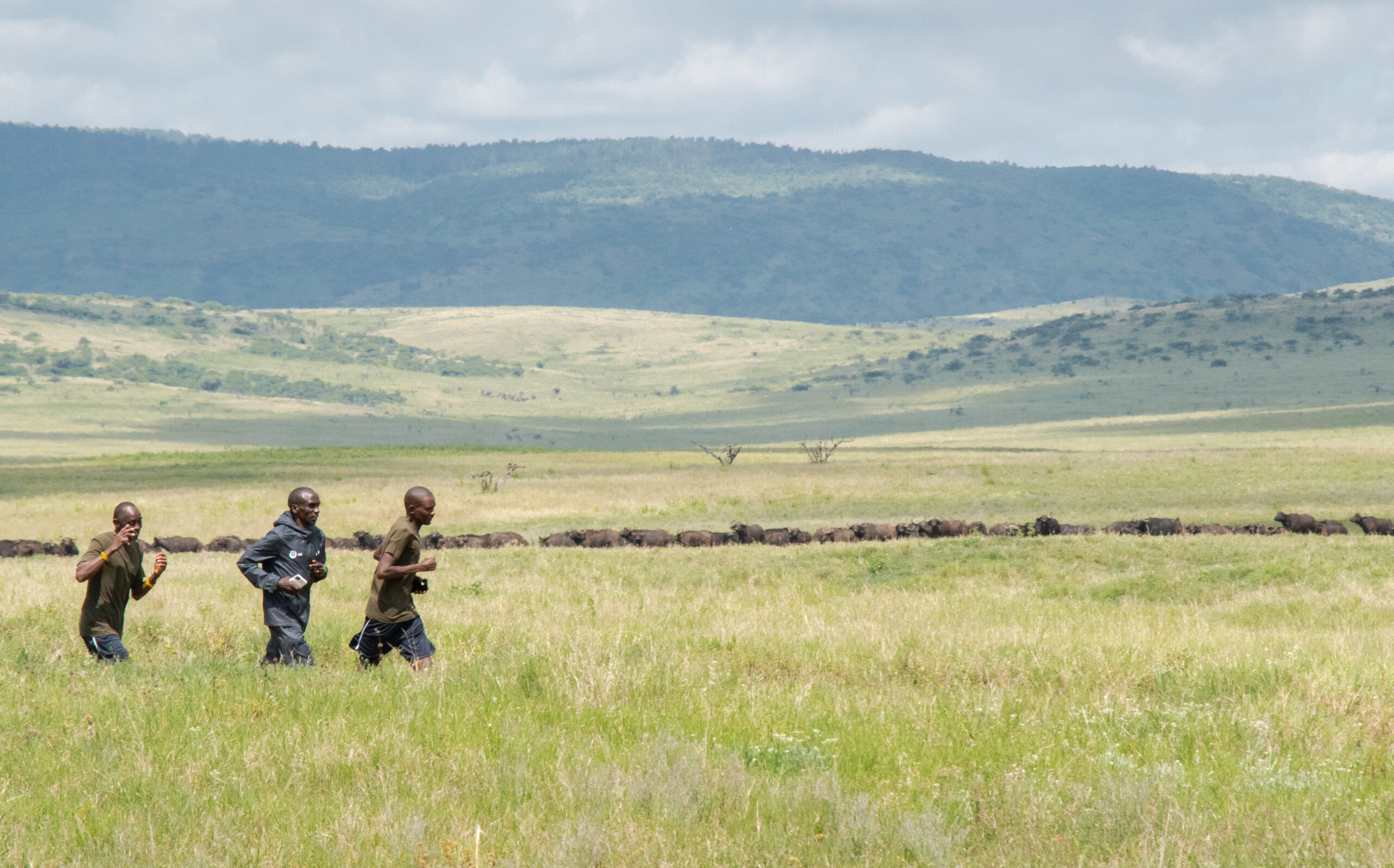
But by Billat’s standards, the 100 is a paced run, with even the world’s best performers hitting maximum speed fairly early on and then hanging on for dear life as fatigue gradually makes them slow.

If Kipchoge could actually do that, we’d call him Eliud Bolt and give him records in both the marathon and the 100 meters. Cut that in half, and you get 8.7 seconds. If you do the math, you’ll find that marathon world record holder Eliud Kipchoge averaged 17.4 seconds each 100 meters while covering 26.2 miles in 2:01:39.

She isn’t talking about 100-meter –dash speed. In fact, Billat says, the ideal marathoner should have about a 50 percent reserve-meaning a maximum sprint speed of about twice their marathon pace. The more speed they have in reserve, the better and more efficiently they can run at the slower pace of the marathon. Part of what helps give marathoners the endurance they need, she says, can be described by a concept exercise physiologists call a “ speed reserve.” During the race, marathoners are never running close to their all-out velocity.

But Veronique Billat, a French exercise physiologist and author of The Science of the Marathon , argues that marathoners also need to have a sprint gear, even if they don’t use it in their races. Marathoners generally don’t lose any sleep over how fast they can sprint, nor do they spend time developing their top-end speed.


 0 kommentar(er)
0 kommentar(er)
